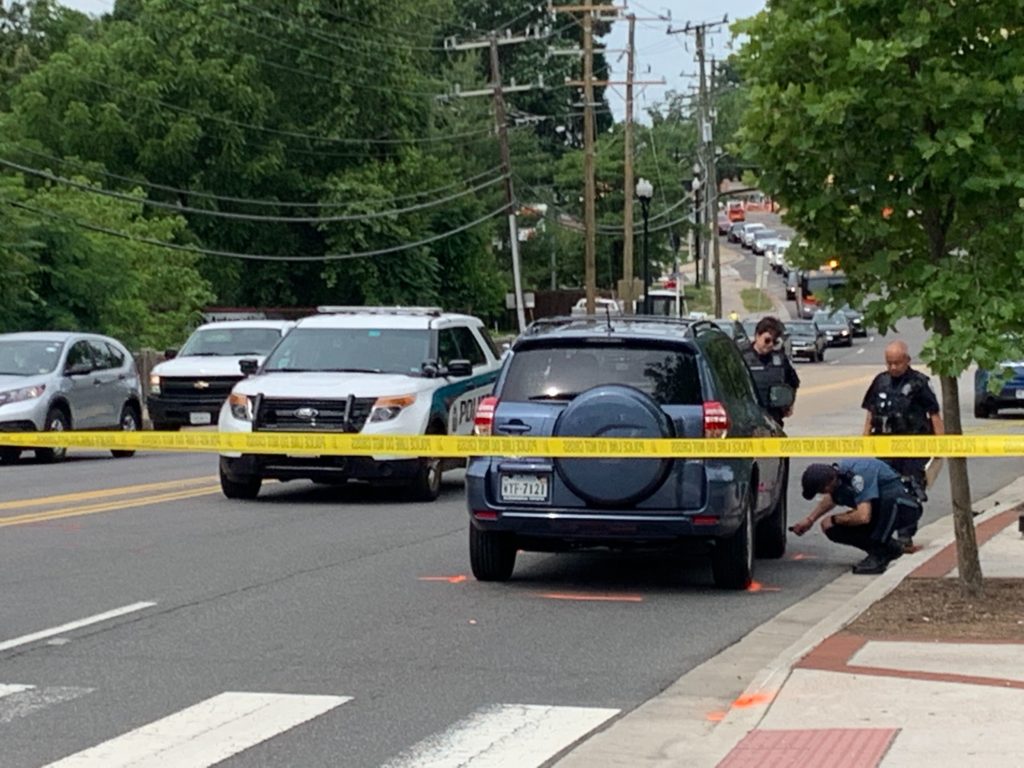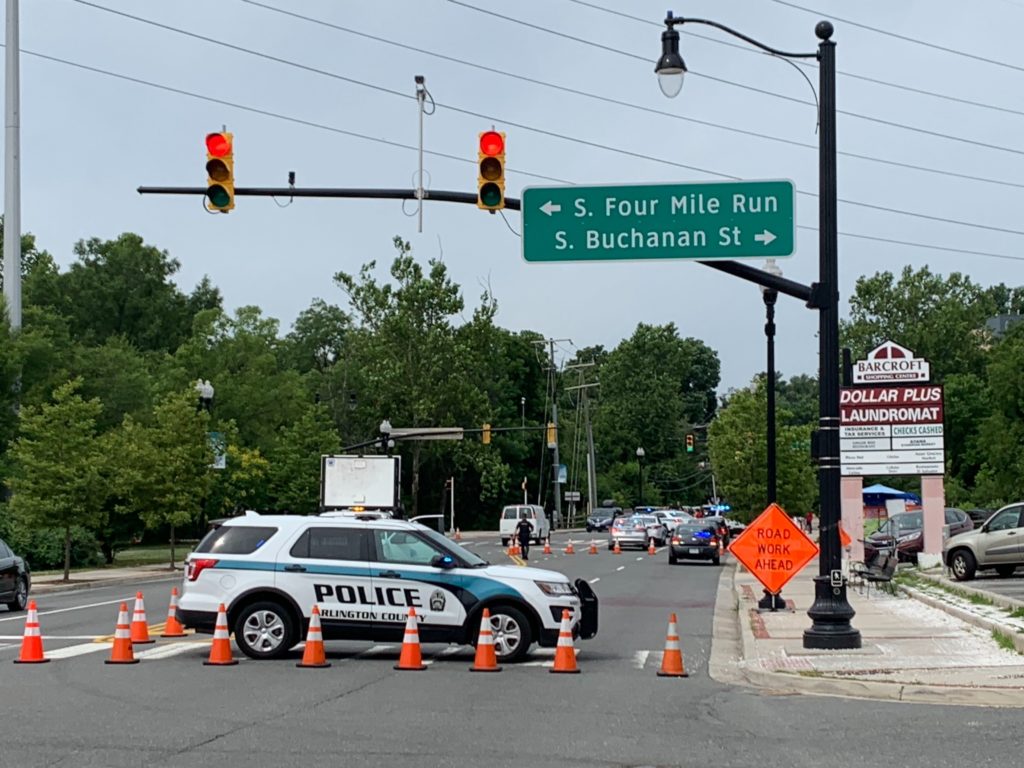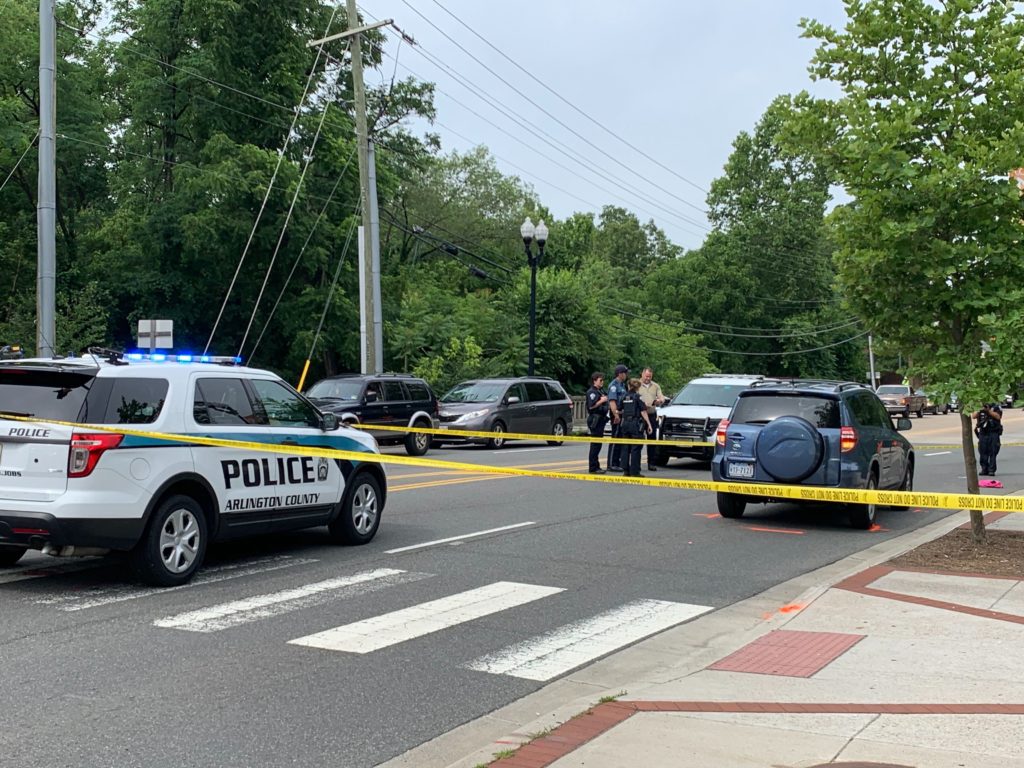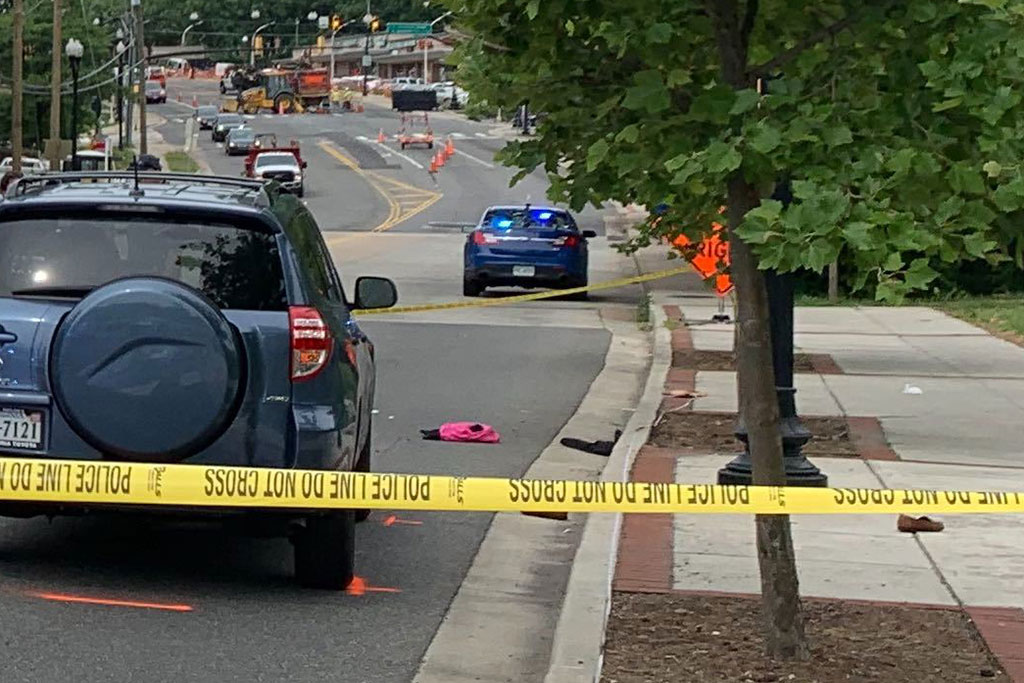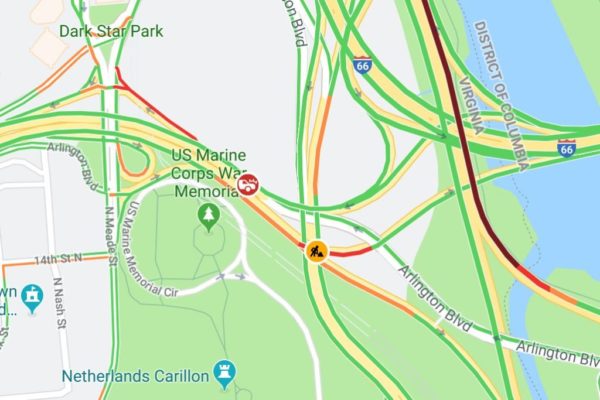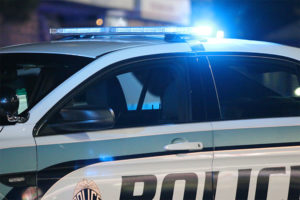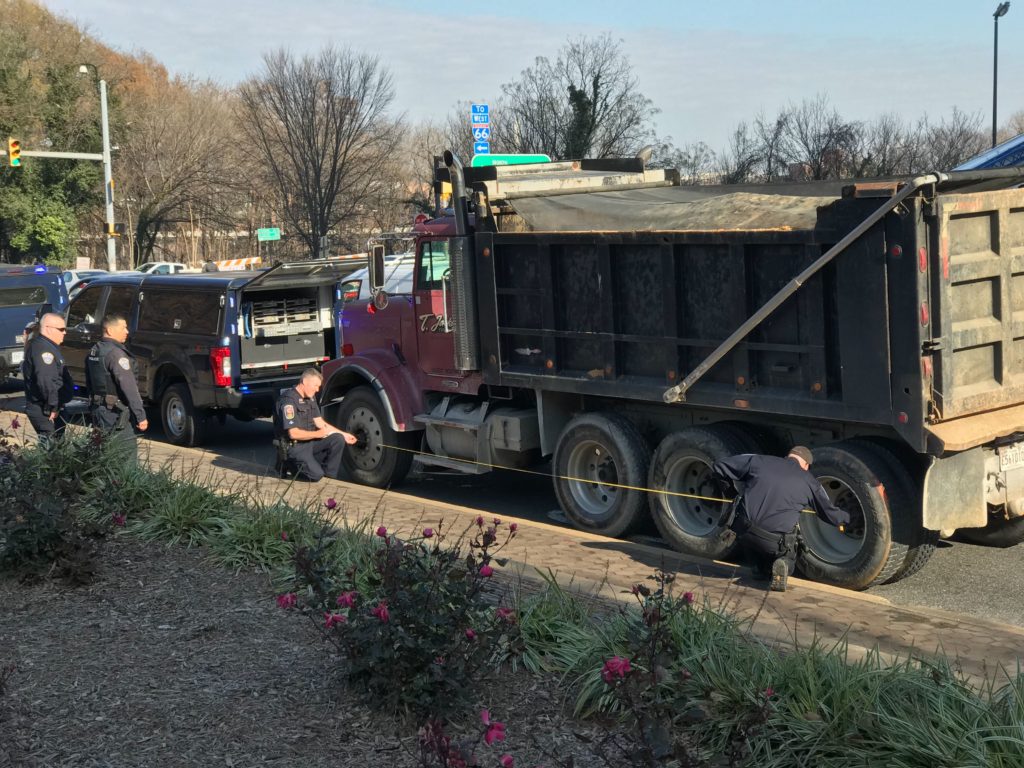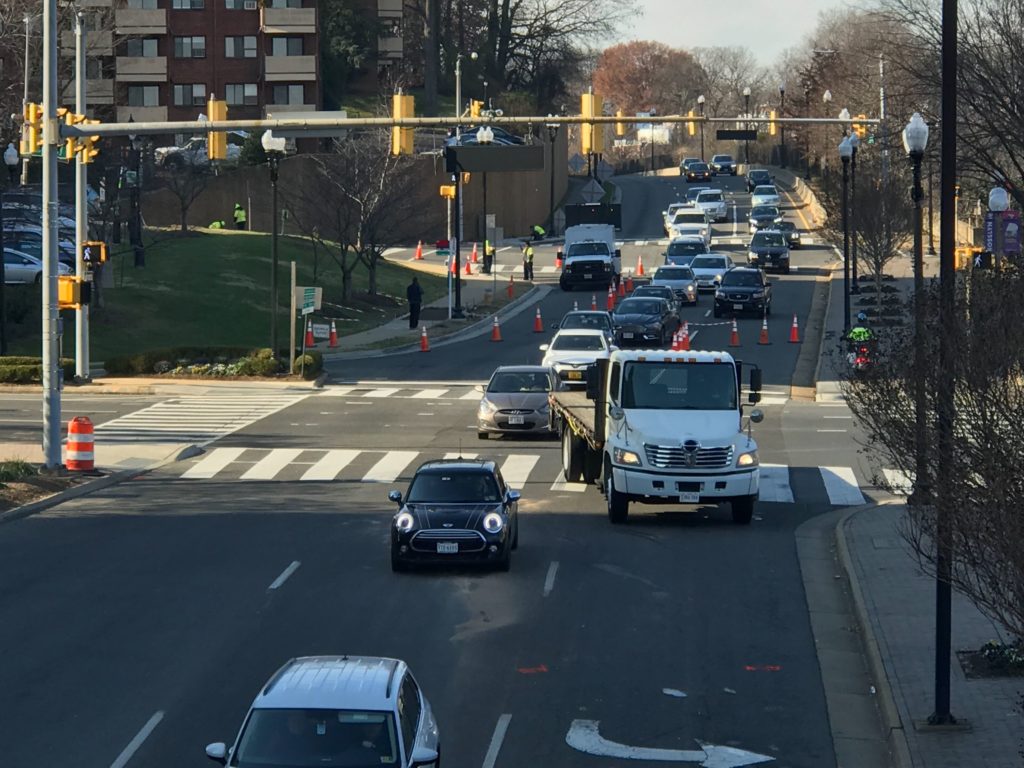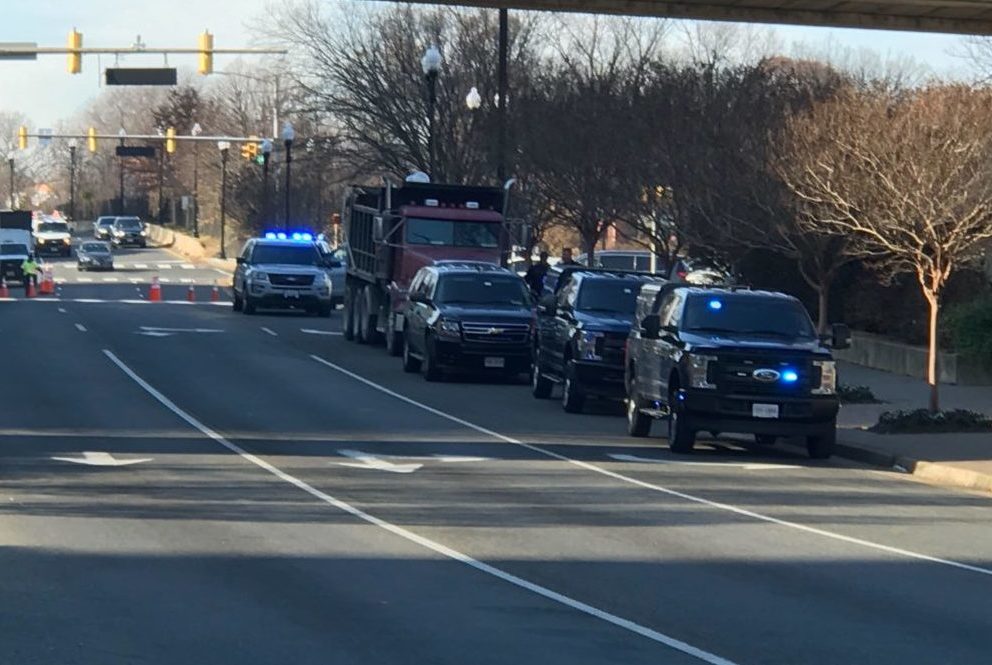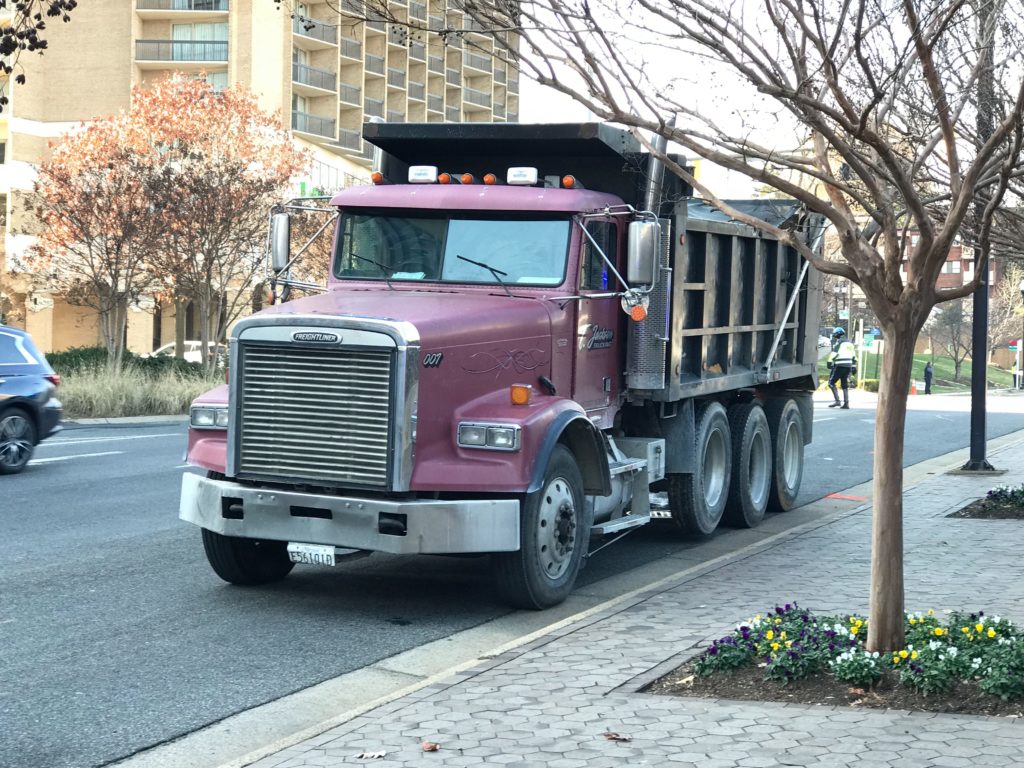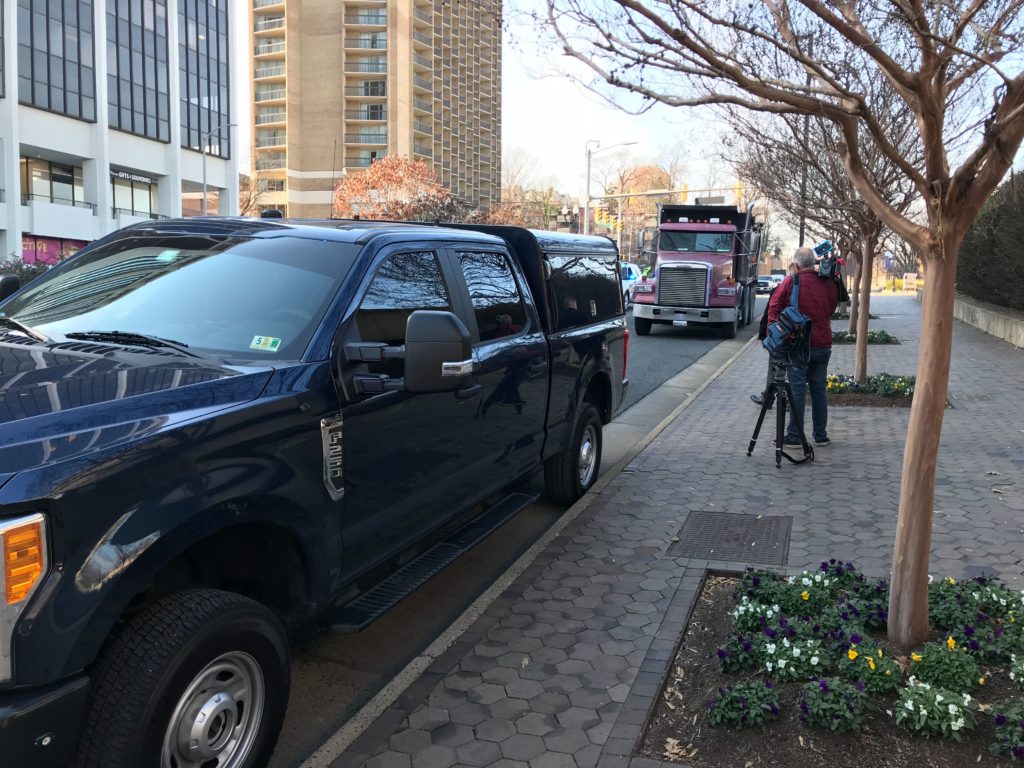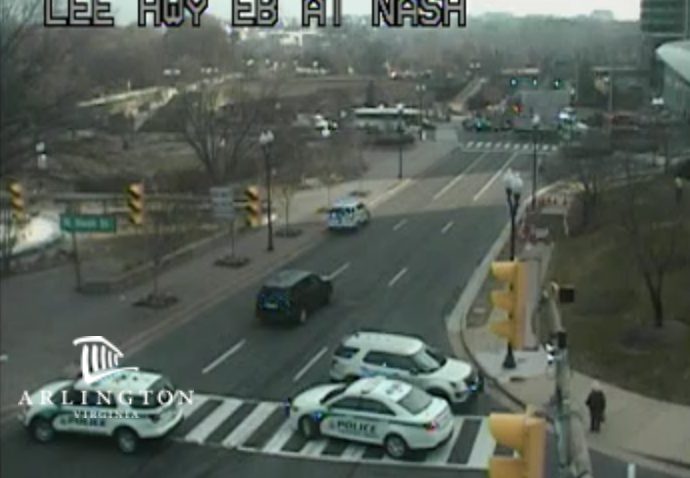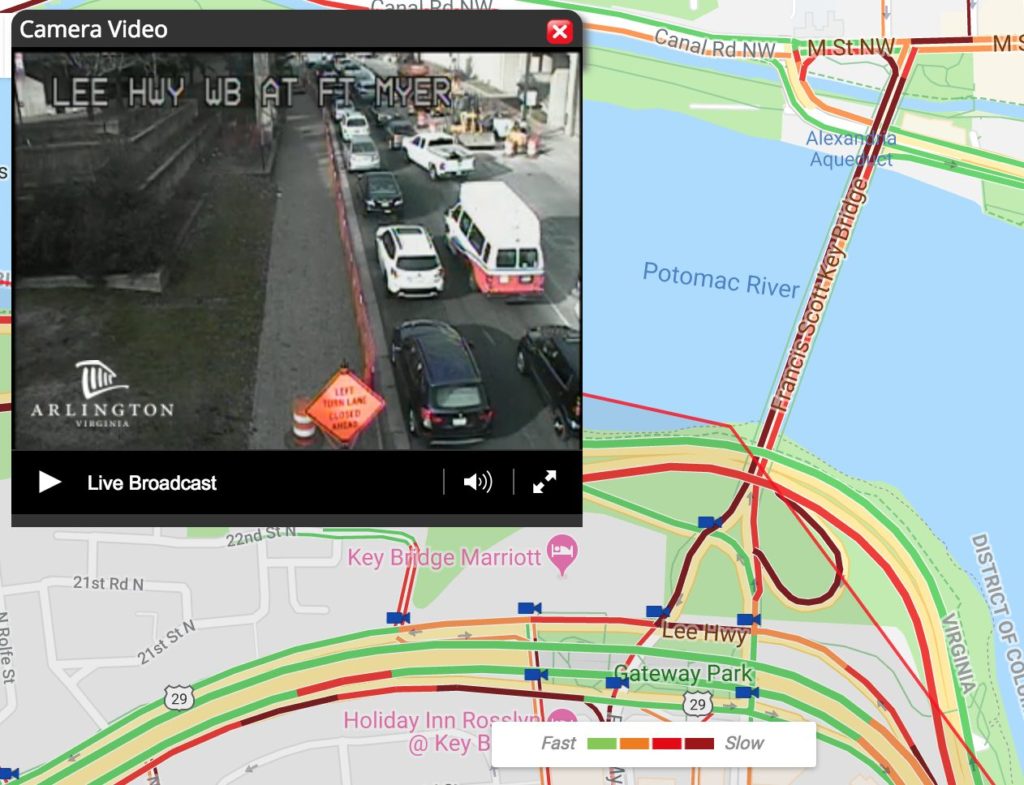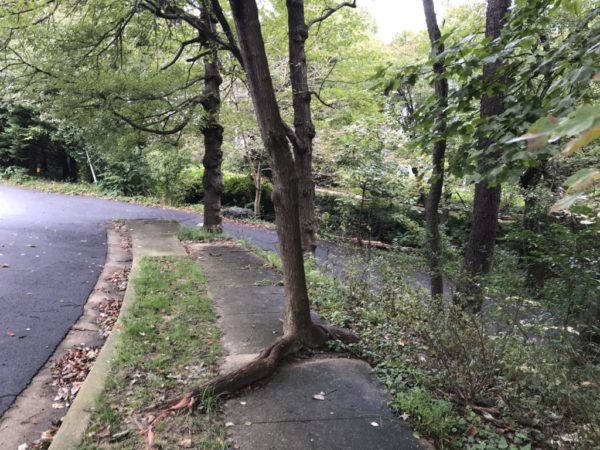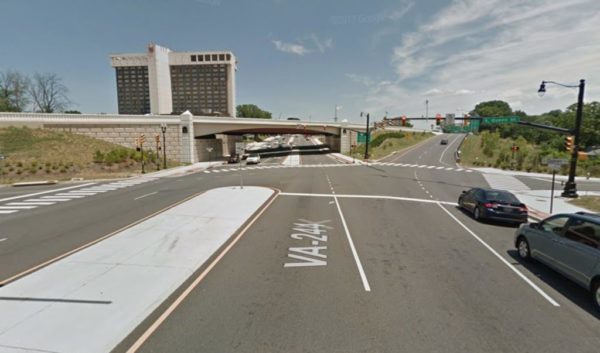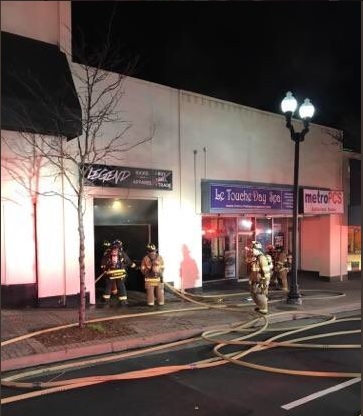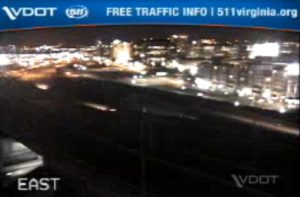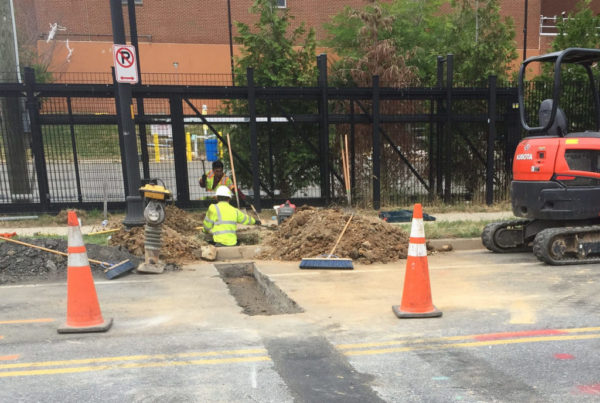
Four years ago, Arlington officials spent $4.1 million to build a 10-mile fiber optic network aimed at allowing local businesses to get cheaper access to higher-speed internet — since then, the fiber has just sat in the ground, almost totally unused.
At the time, county leaders championed the construction of the “dark fiber” network as a transformative step for Arlington. Though the county is barred by state law from offering internet service itself, officials envisioned smaller internet service providers working with local tech firms to “light” the fiber, providing county businesses with a powerful new option to access the internet at blazing-fast speeds.
But an ARLnow investigation shows that Arlington officials made a series of decisions in designing the program that scared off any businesses interested in leasing the fiber.
A committee of broadband experts convened by the county laid out many of these problems with the network, dubbed “ConnectArlington,” in a thorough report recommending an extensive overhaul of the program’s design. At least one member compared ConnectArlington to the infamous — but never built — “bridge to nowhere” in Alaska.
County officials, including County Manager Mark Schwartz, have now been aware of the group’s conclusions for close to eight months and they say they’re already hard at work to heed some of the committee’s recommendations. The report has even since been forwarded along to the County Board, even though Schwartz had originally hoped to wait to deliver his own recommendations for the program alongside the committee’s conclusions.
Now, it remains an open question how the county will work to address the problems with ConnectArlington, which costs hundreds of thousands of dollars per year for the county to maintain.
“They have this huge amount of fiber in the ground, and not a single strand of it has been leased,” said Chris Rozycki, a member of the Broadband Advisory Committee that studied ConnectArlington. “It’s like they’ve built an interstate, with no on-ramps or off-ramps.”
Fiber frustrations
The Board decided to build the 10-mile network in February 2015, reasoning that it would be a logical extension of the county’s existing fiber network, which connects county facilities, schools, radio towers and traffic signals.
Then-County Board member Jay Fisette touted it to ARLnow at the time as a “competitive advantage over other jurisdictions,” positioning it as a key tool for economic development in the county. It was also designed as a way to provide more competition for large ISPs like Verizon and Comcast — the county’s own research shows that companies at roughly 60 percent of all county office buildings only have one ISP able to offer them fiber-based service.
But the network’s design and the county’s conditions for leasing out the fiber were flawed from the very beginning, according to the broadband committee’s report and interviews with four of the group’s six members.
A chief concern is how the county chose to build out the fiber. Officials designed it as “middle mile” service, meaning it runs along major roadways (along the Rosslyn-Ballston corridor and Columbia Pike, for example) but didn’t initially connect to the buildings along the corridors.
“To be useful, the network must be complete,” the report argues, according to a copy obtained by ARLnow. The report has not been publicly released by the county.
“‘Build it and they will come’ does not always work,” the committee wrote. “Part of the network was built, but not enough to bring the ‘players’ to the game.”
(Read the full report written by the county’s Broadband Advisory Committee.)
(more…)


